Welcome, wanderer! Are you tired of the city hustle and bustle, looking for a getaway, and are an advocate for sustainable tourism? Look no further than eco-tourism! This travel industry is one of the fastest-growing sectors, promoting responsible travel and environmentally-friendly activities in natural areas. Whether you’re a solo traveler or traveling in a group, the United States has plenty of eco-friendly destinations for everyone. Here’s your ultimate guide to eco-tourism in the US.
1. What is Eco-Tourism?
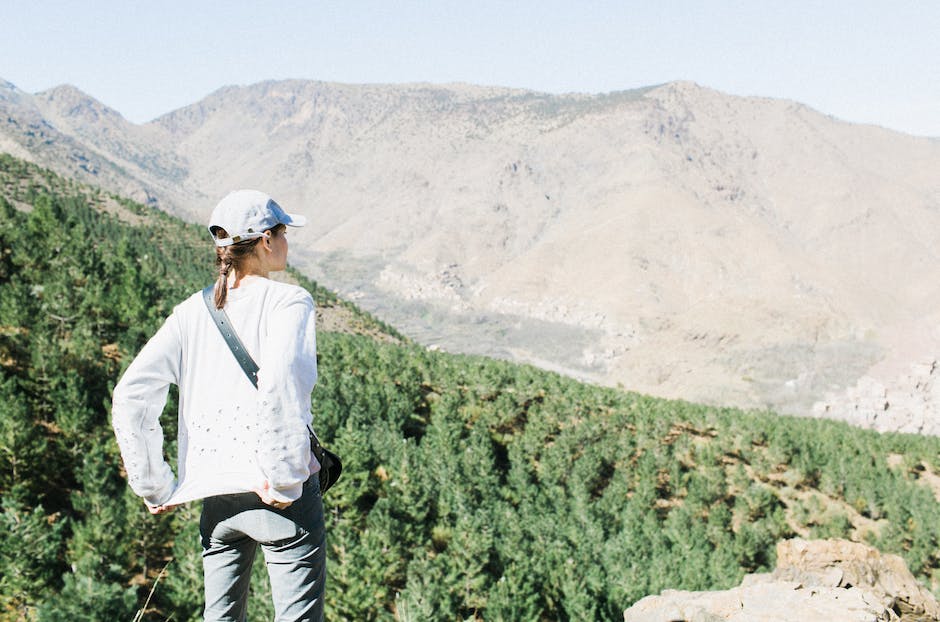
Eco-tourism is more than just visiting natural areas. It’s about having a greater understanding and appreciation of the environment, contributing positively to the local communities, supporting conservation efforts, and promoting sustainable practices. Unlike traditional mass tourism, eco-tourism activities are mindful of the impact they may have on nature, often employing measures to ensure no disturbance or harm to the environment or local population.
Some examples of eco-tourism activities include hiking, bird watching, safari trips, and volunteering in conservation projects for flora, fauna, and wildlife rehabilitation.
2. The Benefits of Eco-Tourism
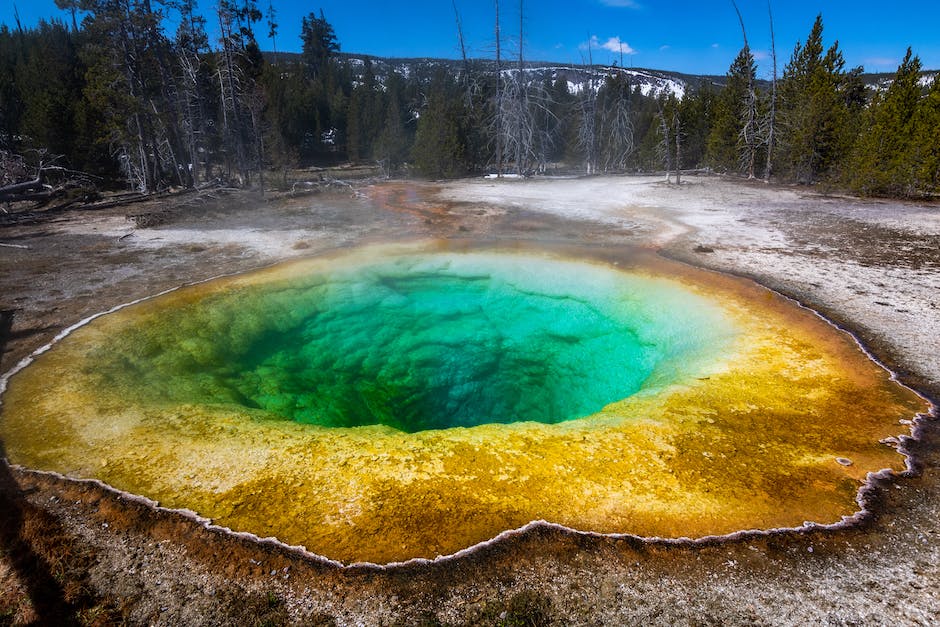
Eco-tourism creates a ripple effect of positive social, environmental, and economic impacts. Eco-tourism promotes conservation by supporting preservation efforts in natural areas, which benefits not only the local environment but global biodiversity. The industry also provides employment opportunities, primarily in rural or under-resourced areas. These activities help support the local community’s livelihoods by creating job opportunities and promoting businesses that align with sustainable values.
3. Top Eco-Tourism Destinations in the US

The United States has a wealth of eco-tourism destinations, from the iconic Yellowstone National Park in Wyoming to Maui in Hawaii, and everything in between. Every state has unique natural attractions and activities that promote eco-tourism. Acadia National Park is another popular eco-destination in Maine, while the Florida Everglades offer educational tours and safaris, highlighting the local fauna and flora. If you’re seeking an outdoor adventure, Denali National Park in Alaska ought to be on your list of destinations to visit.
4. What to Pack for an Eco-Tourism Trip
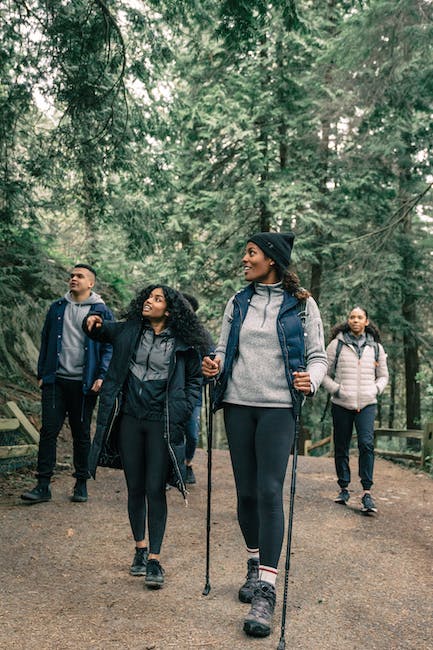
The essentials for eco-tourism trips depend on the destination and activities. Still, some must-pack items include reusable water bottles, sturdy hiking boots, a rain jacket or poncho, and insect repellant to reduce the use of pesticides. A durable backpack or duffel bag will ensure you carry your gear comfortably without the need for single-use plastic bags. Don’t forget to pack sunscreen and hats for outdoor protection and a pair of binoculars for bird watching or wildlife observation.
5. How to Choose an Eco-Friendly Accommodation

When booking an eco-tourism trip, it’s vital to remember that sustainable tourism also applies to where you’ll stay. Research eco-friendly lodgings that prioritize environmentally-friendly practices such as energy efficiency, water conservation, and recycling programs. Alternatively, look for places that support sustainable tourism by working with local communities, reducing waste and pollution, and catching rainwater for various uses. You can even opt for camping or glamping tents made from natural and recycled materials.
6. Eco-Tourism Activities to Try
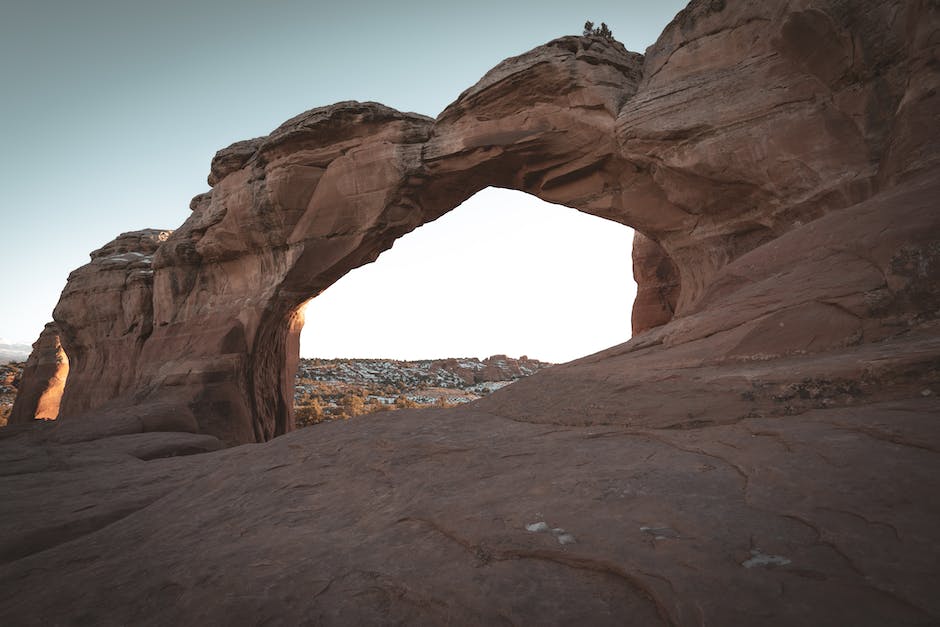
The beauty of eco-tourism is the endless possibilities of activities you can participate in, depending on the destination. For example, you could hike in Yellowstone National Park, where you’ll see natural marvels such as the Old Faithful Geyser or Mammoth Hot Springs. Alternatively, explore the ATV trails in Moab, Utah, or kayak through Mammoth Cave National Park in Kentucky. It’s easy to find eco-tourism tours that educate and showcase the local culture, ecology, and history.
7. How to Be a Responsible Eco-Tourist
Responsible eco-tourism ensures that travelers contribute positively to the environment and local population. It is crucial to minimize the impact you have on nature when traveling to eco-destinations. Some of the steps to take include reducing, reusing, and recycling waste, avoiding single-use plastics, and conserving energy and water. Follow the designated trails or areas to avoid disturbing wildlife or damaging vegetation. As a guest, respect the cultural norms and practices in the communities you visit.
8. How to Support Local Communities
As an eco-tourist, you can aid economic development in eco-destinations by supporting local businesses, buying local products, and choosing community-led tours. Dine in mom-and-pop eateries and purchase souvenirs made by locals. Your contributions prioritize local welfare and are more sustainable than importing goods or services from elsewhere. Your support helps to encourage eco-tourism’s sustainability and strengthens local communities’ capacity to manage natural resources and protect the environment.
9. Eco-Tourism Tips for the Solo Traveler
As a solo eco-tourist, it’s essential to have a safe and enjoyable trip without sacrificing the fundamental principles of eco-tourism. Carry out extensive research about the destination, including the area’s climate, local customs, and culture. Share your itinerary with close friends or family members for safety purposes, and ensure you have all the necessary documents such as identification cards, travel insurance, and medical records. Finding eco-tourism groups or social media communities can also help you find like-minded individuals and share tips or connect.
10. How to Have a Safe Eco-Tourism Experience
Even though eco-tourism offers an opportunity to get in touch with nature and explore local communities, it is essential to prioritize safety when engaging in these activities. Always follow regulations, guidance, and instructions from guides or locals. Wear appropriate gear depending on the activity, be mindful of the weather and the natural surroundings. When packing, ensure you have a first aid kit in case of any injuries or health complications, and consider carrying a GPS or satellite communicator for emergencies.

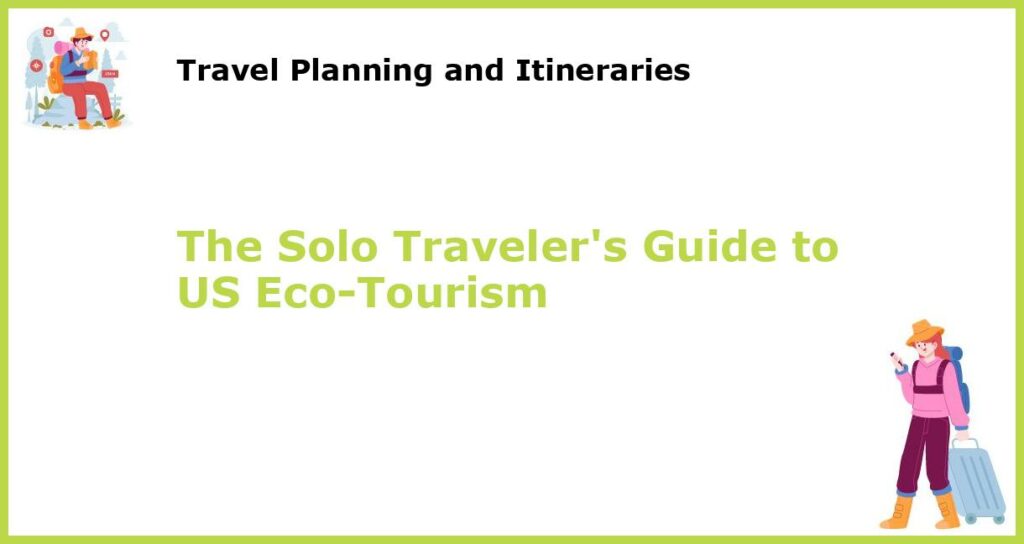






 You might also be interested in those articles related to solo traveling
You might also be interested in those articles related to solo traveling